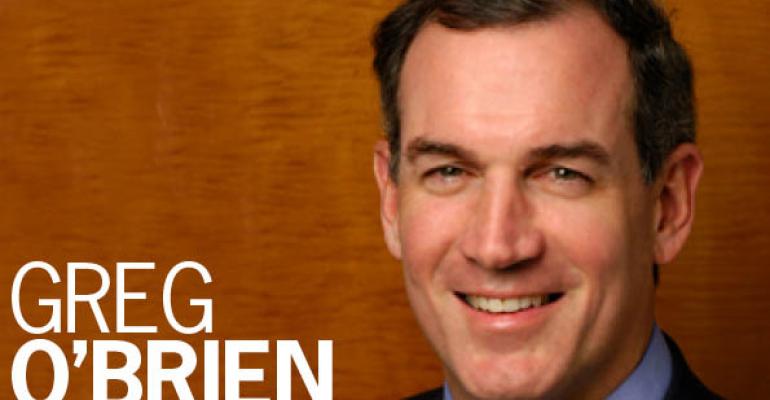None of us would accept an investment portfolio without diversity. Too risky. A workforce without diversity? Even riskier. Yet we’ve taken that enormous risk in commercial real estate for too long by not making diversity and inclusion a top priority.
The good news is that’s changing. Every year I see greater focus on diversity and inclusion in our workplaces. Many commercial real estate companies are putting diversity at the forefront of their business goals and holding leadership accountable for making diversity and inclusion a strategic objective.
Even with this increased focus, our progress is slow. There’s simply no silver bullet to increase diversity in commercial real estate. But there are some lessons I’ve learned over the years that I believe can make a difference for all of us as we continue on our diversity and inclusion journey.
Recognize that clients of all sectors value diversity.
According to a study of diversity and innovation reported in the December 2013 issue of Harvard Business Review:
- Companies with high levels of diversity are 45 percent more likely to report growth in market share over the previous year, and 70 percent more likely to report having captured a new market.
- A team with a member who shares a client's ethnicity is 152 percent more likely than another team to understand the client.
- Leaders who give diverse voices equal airtime are nearly twice as likely as others to unleash value-driving insights, and employees encouraged to “speak up” are 3.5 times more likely to contribute their full innovative potential.
I think these results get at the heart of why diversity is so important. Diverse teams produce the best solutions. Once we accept this, diversity becomes more than an initiative—it becomes a business imperative.
Today’s workforce is dynamic, and the faces of our clients and their employees are changing. Being “the best” means striving to have the best people doing their best work in the best environment every day. Achieving this requires a company to be built with different experiences, perspectives and backgrounds that not only understand the varying needs of clients, but can provide new ideas and results that drive impact value for clients.
Hold leaders accountable.
Leadership must be fully invested in a company’s broader diversity goals. To ensure progress, we have to align rewards with the outcomes we want our leaders to drive. For example, some companies use diversity promotion as a weighted benchmark in performance reviews. As diversity and inclusion is embedded as a practice in all operations, from recruitment to business development and pursuits, results follow.
Empower people to connect with one another and lead by example.
Diversity can’t be just a top-down initiative. Everyone in a company can be a leader in this effort.
I’ve seen firsthand how passionate people at all levels of a company are about improving diversity and inclusion—and how effective they can be as advocates if they’re given a platform. That’s why so many companies are turning to employee resource groups (ERGs) to build a sense of community, foster meaningful relationships inside and outside the company, and help to create mentoring or coaching opportunities that promote professional growth across the firm. These groups are led by members of the workforce, which empowers all levels to embrace their diverse backgrounds and seek opportunities to grow, get involved in the community, and connect with clients with shared backgrounds.
Measure and track progress.
We’ve all heard the saying that you can’t manage what you don’t measure. It’s true for diversity and inclusion as well. To be truly effective, measurement has to go beyond just a demographic breakdown of current employees. Are we hiring people from a diverse candidate pool? Are all employees able to take advantage of development opportunities? Unless we’re measuring what we do, we’ll never know we’re making progress.
Increasing diversity and inclusion in our workforces is a significant opportunity for our entire industry to grow and become more impactful. We can do this. As we continue to learn from each other, I’m confident we’ll have more representative workforces, build better teams, and deliver even more value for our clients.

